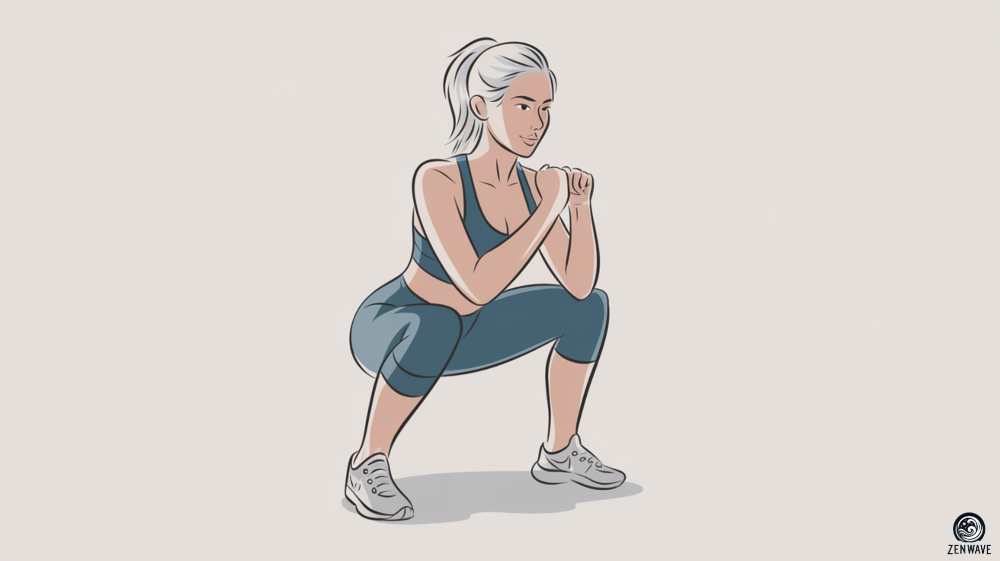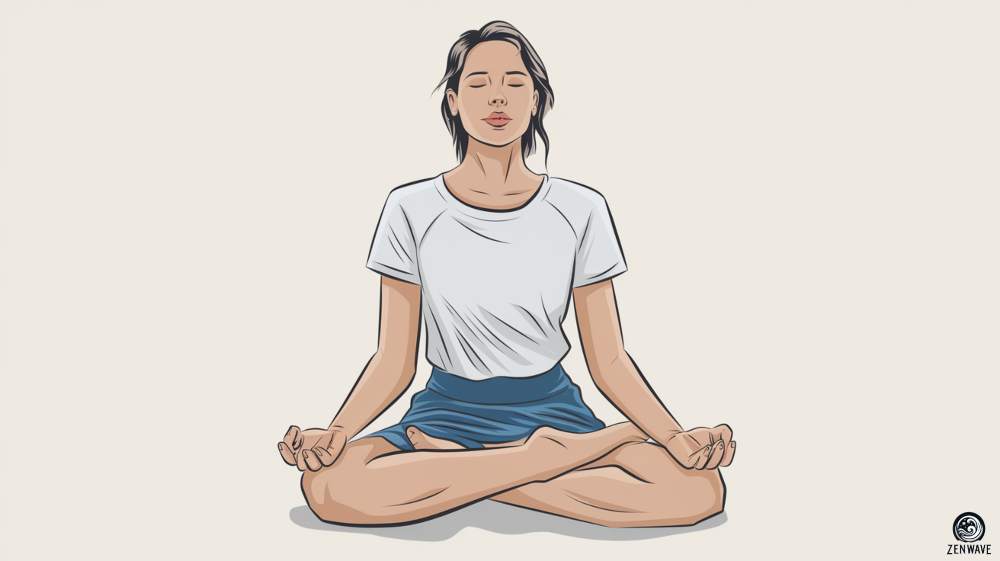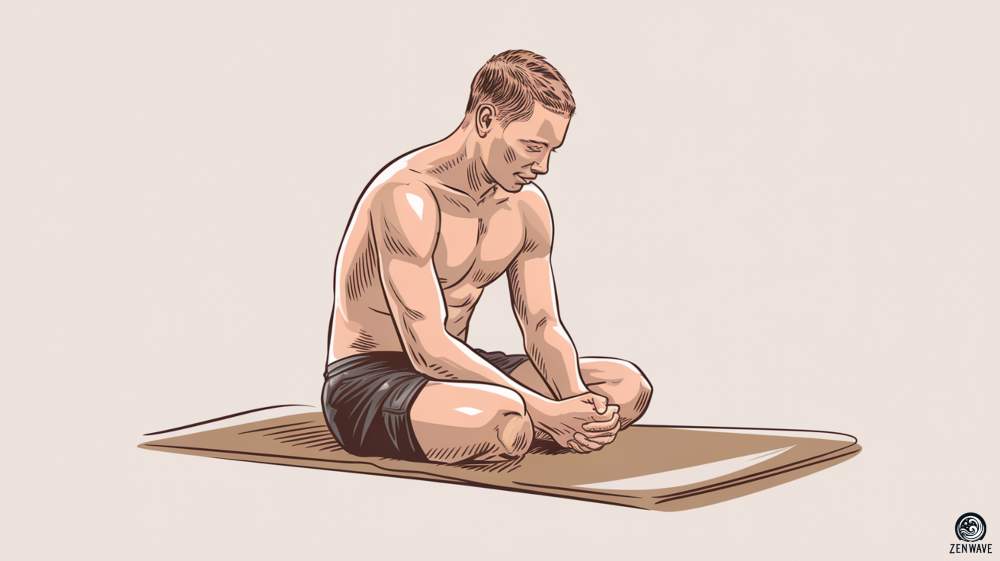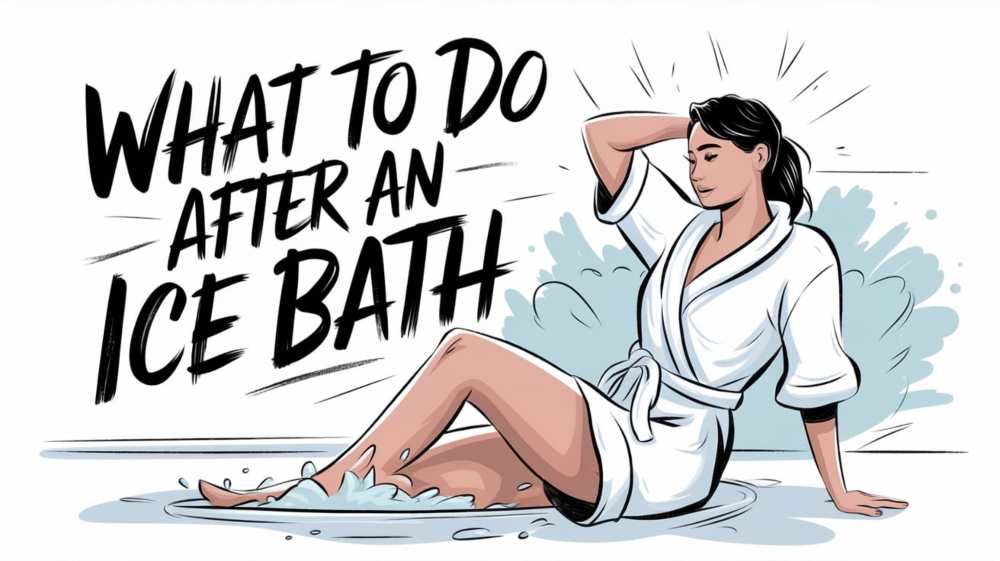Some people like to prepare for an ice bath while others prefer to hop in quickly so they don’t give their mind a chance to stop them. But what do you do after an ice bath? This question is just as important as how you prepare to get in the icy water.
Ice baths, also known as cold water immersion, are still gaining traction for their many benefits which include: reducing soreness, speeding up recovery, and even boosting mood. However, what you do after you step out of that chilly water can significantly impact how much you benefit from the experience.
There are many things to take into consideration for recovery after an ice bath. Things like taking it slow, warming up naturally, and hydrating can sometimes be forgotten or overlooked. Yet, these steps are crucial for maximizing the benefits of your cold plunge and ensuring a safe, effective recovery process.
In this guide, we’ll explore 10 things you can do after an ice bath to boost your recovery and get the most out of your cold therapy session. These practices are designed to help your body transition safely from the extreme cold, enhance circulation, and support overall physical and mental well-being. Adopting some or all of theses post-ice bath tips can help you create an effective recovery routine.
10 Things You Can Do After an Ice Bath
After your ice bath, remember to take it slow. Your body needs time to adjust, so resist the urge to rush into a hot shower. Practice proper technique when warming up after an ice bath. Now, here are ten things you can do to maximize the benefits of your ice bath:
1. Hydrate
Proper hydration is crucial after an ice bath. Aim to drink 16-20 ounces of fluid within the first hour post-bath. Room temperature water is ideal, as very cold drinks can further lower your core temperature, which you’re trying to raise at this point. If you’re looking to enhance your hydration, consider adding a pinch of salt to your water. This can help replace electrolytes lost during the cold exposure or simply help prepare for more excercise.
For those who prefer something other than plain water, herbal teas like ginger or chamomile can be good options. They not only provide hydration but can also help warm you up from the inside.It’s important to avoid diuretics like caffeine or alcohol for at least 2 hours after your bath. These substances can interfere with your body’s rehydration efforts and potentially negate some of the benefits of your ice bath.
Remember, thirst isn’t always an accurate indicator of hydration needs, especially after cold exposure. Make a conscious effort to drink even if you don’t feel particularly thirsty. Your body will thank you for it as you continue through your post-ice bath recovery routine.
2. Take a Short Walk
A brief walk after your ice bath can significantly enhance your recovery process. Aim for a 5-10 minute stroll at a comfortable pace. This gentle activity helps boost circulation, aiding your body’s natural rewarming process.
As you walk, focus on maintaining good posture and taking deep, steady breaths. This can help oxygenate your blood and further improve circulation. If you’re walking outdoors, ensure you’re properly dressed to avoid getting chilled again.
For those with limited mobility, gentle arm and leg movements while seated can provide similar benefits. The key is to promote blood flow without overexertion.
A short walk can serve as a bridge between your ice bath and the rest of your recovery routine, preparing your body for subsequent activities.
3. Light Exercise

After your walk, engage in some gentle, dynamic movements. These exercises improve range of motion and enhance blood circulation without overexertion. Perform each movement slowly and deliberately, focusing on smooth execution rather than speed or intensity.
Here are some things you can do:
- Arm circles: 10-15 rotations in each direction
- Leg swings: 10-15 swings for each leg
- Torso twists: 10-15 gentle rotations to each side
- Shoulder rolls: 10-15 forward and backward
If you feel any discomfort, reduce the range of motion or number of repetitions. The goal is to promote blood flow and gently warm your muscles, not to challenge yourself physically. This light routine prepares your body for more focused stretching or other recovery activities that may follow.
4. Light Stretches
Once your body feels warmer, typically 15-20 minutes post-bath, you can begin light stretching. This helps improve flexibility and reduce muscle tension. Focus on major muscle groups, holding each stretch for 15-30 seconds while breathing deeply and steadily.
Remember to stretch gently and avoid bouncing or jerking movements. If you feel any pain or discomfort, ease off the stretch immediately. The goal is to gently elongate your muscles, not to push your flexibility limits. Light stretches can help reduce post-bath stiffness and prepare your body for the rest of your day or evening activities.
Check out our guide on stretching before or after an ice bath for more specific recommendations.
5. Eat a Nutritious Snack
After an ice bath, your body can benefit from a small, balanced snack. Aim for a combination of carbohydrates and protein to replenish energy stores and aid recovery. The ideal ratio is about 3:1 carbs to protein.
Here are some quick and easy options:
- A banana with a tablespoon of almond butter
- Greek yogurt topped with berries and a drizzle of honey
- A small handful of trail mix (nuts and dried fruit)
- Half a whole grain bagel with cream cheese
Try to eat within 30 minutes to an hour after your ice bath. This timing helps optimize nutrient absorption and supports your body’s recovery process. If your ice bath was post-exercise, aim for the earlier end of this window.
6. Breathing Excercises

The period immediately following an ice bath is an optimal time for deep breathing exercises. Your body is in a heightened state of awareness, making it easier to focus on your breath and internal sensations. The cold exposure typically leaves you feeling alert and invigorated, creating an ideal mental state for controlled breathing.
Deep breathing post-ice bath can help regulate your body temperature and heart rate as you transition back to normal. It aids in calming the nervous system, which may be stimulated from the cold exposure. This practice can also enhance oxygen flow throughout your body, supporting the recovery process.
For some specific techniques, see our guide on ice bath breathing excercises for help with breath work during or after an ice bath.
7. Constrast Therapy
Contrast therapy, alternating between hot and cold temperatures, can effectively complement your ice bath routine. This practice aids in improving circulation, reducing inflammation, and enhancing overall recovery.
Wait at least 30-60 minutes after your ice bath before starting contrast therapy. This allows your body to begin the natural rewarming process. When ready, alternate between warm and cold temperatures, typically starting with warm. The warm phases promote blood flow, while the cold phases help reduce inflammation.
Begin with shorter durations and moderate temperature contrasts, gradually increasing as you become accustomed to the practice. The temperature difference should be significant but comfortable.
8. Journal Your Thoughts
Journaling after your ice bath can help track progress, understand your body’s responses, and optimize your cold therapy routine. Consider noting:
- Date, time, water temperature, and duration
- Physical sensations during and after the bath
- Energy levels and mood changes
- Sleep quality alterations
- Recovery methods used and their effectiveness
- Unique observations or insights
This record can reveal patterns in your body’s response to cold therapy, helping you fine-tune your practice. Consider incorporating a brief meditation while journaling. This can help clear your mind and assist in identifying important aspects of your experience to note. If you need some ideas how to get started, visit our guide on ice baths and meditation.
9. Get a Break in

After completing your ice bath and initial recovery activities, it’s crucial to allow yourself some downtime. This break gives your body and mind a chance to fully process the effects of the cold therapy and transition back to your normal state.
Aim for at least 15 minutes of relaxation before jumping into any demanding tasks or responsibilities. Use this time to engage in passive activities that don’t require much physical or mental effort. You might read a book, listen to calming music, or simply sit quietly and reflect on your experience.
Remember, the goal is to maximize the benefits of your ice bath by giving your body the time it needs to adjust and recover fully.
10. Strive for Consistency
A consistent ice bath routine, along with proper recovery afterward, can significantly help regulate your body and mind. Regular cold exposure stabilizes your body’s stress response, leading to improved resilience and tolerance. This routine promotes better regulation of body temperature, helping with sleep by syncing your circadian rhythm for easier rest.
The recovery phase is just as crucial, allowing your body to adjust and fully benefit from the cold therapy. Over time, this consistency strengthens both mental and physical resilience, promoting better overall regulation, improved recovery, and enhanced well-being.
Final Thoughts
An ice bath offers many benefits, but what you do afterward is just as important. Proper hydration, gentle movement, and allowing your body to warm up naturally are key to maximizing the effects. A consistent routine helps with recovery, better sleep, reduced soreness, and improved resilience.
If you’re looking to explore cold therapy further, our Zenwave Ice Pod is an awesome and affordable way to get started. Start slow, be consistent, and you might be surprised by the refreshing and powerful changes it brings to your overall well-being.

